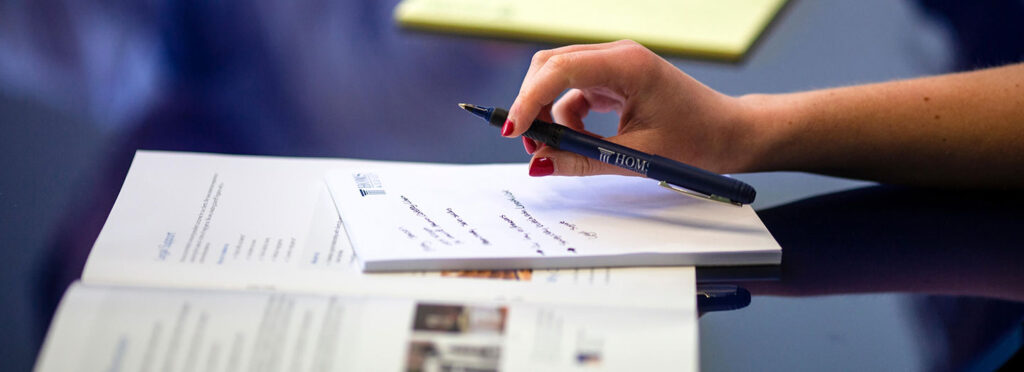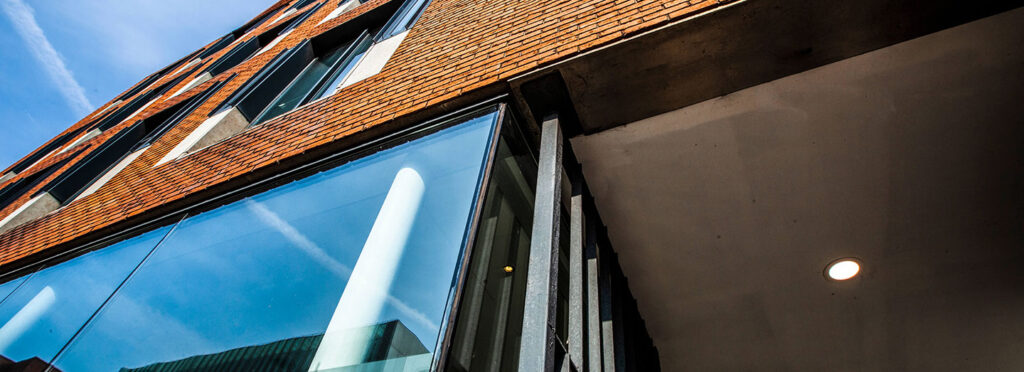Cerebral palsy (CP) is one of the most challenging conditions affecting children and their families. For parents navigating its complexities, understanding CP’s causes, symptoms, and treatments is essential, particularly when asking hard questions about medical care during pregnancy or childbirth.
This blog explores cerebral palsy, how it’s caused, innovative research breakthroughs supported by organisations like the NINDS, and the crucial role of medical investigations in cases linked to negligence. Here, we aim to empower you with knowledge and resources to make informed decisions for your family’s well-being.
What is Cerebral Palsy?
Cerebral palsy is a lifelong neurological condition that impacts movement, muscle tone, and coordination. It occurs due to damage or malformations in the developing brain, either before, during, or shortly after birth. While the severity of CP varies, it often challenges daily life and can necessitate ongoing medical care and therapy.
The Types of Cerebral Palsy
CP is categorised into four main types, each presenting unique challenges for children and their families:
- Spastic Cerebral Palsy: The most common form, characterised by muscle stiffness and exaggerated reflexes.
- Dyskinetic Cerebral Palsy: Features uncontrolled, involuntary movements, often making muscle control difficult.
- Ataxic Cerebral Palsy: Leads to difficulties with balance, coordination, and precise movements.
- Mixed Cerebral Palsy: A combination of symptoms from the above categories.
Children with CP might struggle to reach developmental milestones, experience speech difficulties, and show symptoms like involuntary movements or sensory impairments.
Causes and Risk Factors
Research by the National Institute of Neurological Disorders and Stroke (NINDS) and other organisations has deepened our understanding of CP’s causes and risk factors. While CP can occur naturally, factors such as infections during pregnancy, oxygen deprivation at birth, or premature delivery are significant contributors.
Sadly, some cases arise due to medical negligence, such as improper responses to foetal distress or delays in performing emergency procedures like Caesarean sections.
Research Breakthroughs and Hope for the Future
Thanks to organisations like the NINDS and NICHD, enormous strides have been made in managing CP. Some key advancements include:
- Identifying New Causes and Risk Factors: Studies have uncovered additional prenatal and perinatal conditions linked to CP, enabling earlier detection and intervention.
- Improved Treatments: From developing drugs that ease spastic muscles to refining surgical techniques, research is enhancing how CP is managed.
- Better Understanding of Foetal Brain Development: By exploring how brain damage occurs during pregnancy, scientists are uncovering preventative methods and support strategies.
These breakthroughs signify real hope for families seeking better futures for their children.
The Role of Medical Investigations
For families whose child’s CP may stem from medical negligence during birth, a thorough investigation is essential. This involves analysing events leading to brain injury and determining whether substandard care played a role.
Examples of possible negligence include:
- Misreading or ignoring signs of foetal distress on CTG traces.
- Misuse of delivery tools like forceps or vacuum devices.
- Delayed responses to emergencies requiring Caesarean sections.
How Legal Support Can Help
Parents may pursue a medical negligence claim to secure compensation that supports their child’s care, therapy, and assistive needs. For instance, experienced services like HOMS Assist can guide families through this complex process with empathy and expertise.
Compensation can provide much-needed funding for:
- Ongoing therapy (physical, occupational, or speech).
- Assistive technologies and mobility aids.
- Home modifications to improve accessibility.
- Long-term care, equipment, and treatment plans.
This financial support ensures that children with CP have access to the resources they need to thrive.
Supporting Families Living with Cerebral Palsy
When you’re a parent to a child with CP, the challenges can feel overwhelming. Yet, with the right mix of medical care, therapeutic interventions, and legal guidance, you can ease the path forward for your family.
Your child’s opportunities don’t end with a diagnosis. Early intervention, paired with the caregiving and advocacy of their family, can make monumental impacts on their quality of life and capabilities.
Take Action
Whether you’re seeking information about cerebral palsy, considering a medical negligence investigation, or exploring legal options for securing your child’s future, support is available. At HOMS Assist, our professional legal team offers compassionate, dedicated guidance to families affected by CP and birth injuries.
Reach out today to discuss your case confidentially. We’re here to help you every step of the way.
Resources and Additional Help
For more insights into understanding cerebral palsy and birth injuries, visit HOMS Assist’s services page.









